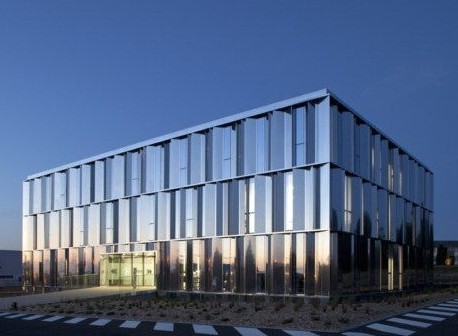
From the Internet
Durability and life expectancy for stainless steels in external environments
Introduction
The most important corrosion consideration with stainless steels is pitting.
Micro pitting is manifested as surface rust staining and is generally considered unacceptable for a material
basically selected for its aesthetic appearance and corrosion resistance.
Analysis and extrapolation of pit depth data gathered from atmospheric exposure test programs can be used
as a durability guide. (This work was done by Corus (British Steel) Technical)
It must be borne in mind that staining from micro pitting may result in rejection of the steel on aesthetic
grounds, long before pitting has perforated it.
Factors affecting durability
The durability of the stainless steel depends on:
steel grade
environment
surface finish
Chloride ions are the most aggressive environmental hazard when assessing the pitting corrosion risk. Marine
sites tend to be the most aggressive and so give the lowest projected durability.
Acid conditions, sometimes found in industrialised atmospheres, are also aggressive.
It is also important to consider the effects of local ‘micro climates’ that may influence how aggressive the
environment is.
Estimated pit penetration times
The pitting life predictions shown in the table are based on a linear pit growth rate model.
| Location |
Estimated Time to Penetrate 1mm (Years) by steel type |
| 430(1.4016) |
304(1.4301) |
316(1.4401) |
| Marine |
N/A |
145 |
260 |
| Semi-industrial |
85 |
135 |
525 |
| Rural |
250 |
770 |
1200 |
The marine and rural site samples had ‘mill’ finishes and the semi-industrial site results had dull polished
finishes.
The 1mm perforation times for the 304 (1.4301) type are consistent with the projected design lives of most
buildings.
It should be noted that the ferritic 430 (1.4016) type is not normally considered for building exterior
applications in the UK, but is included in the table for comparison.

 May 16,2014
May 16,2014

